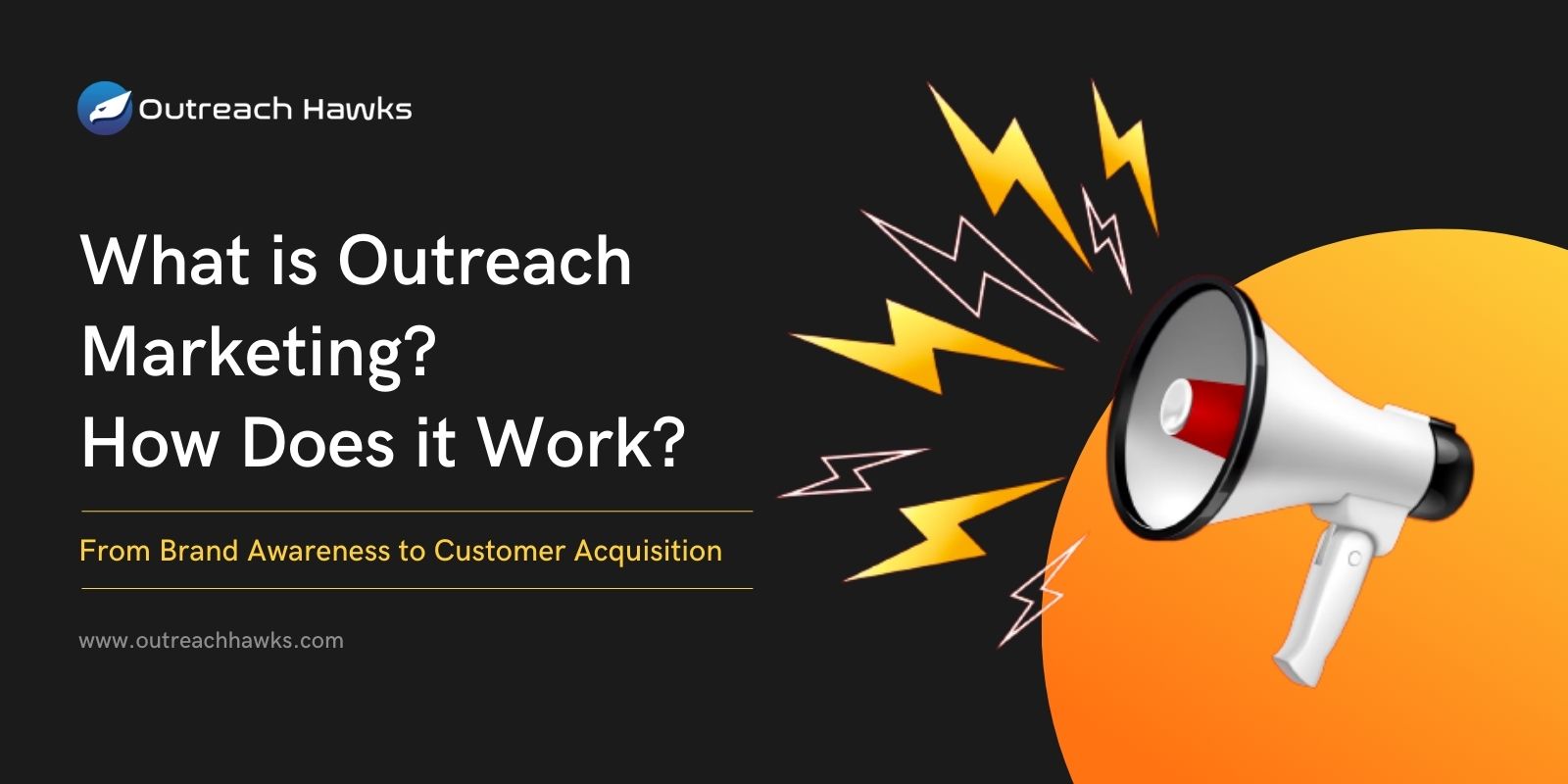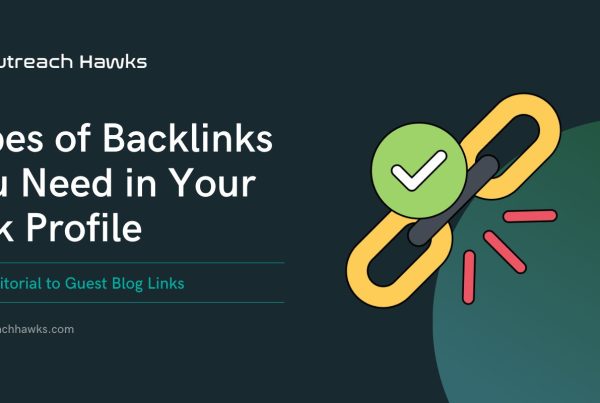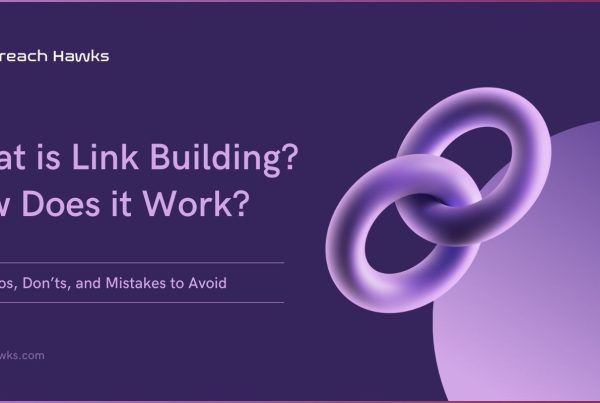In today’s digital age, outreach has become a crucial strategy for businesses and organizations to connect with their target audience, build relationships, and achieve their goals.
But what exactly is outreach? And how does it work?
In this comprehensive article, we will dive deep into the world of outreach marketing, and try exploring its definition, purpose, strategies, and best practices. Whether you are a business owner, marketer, or simply curious about outreach, this article will provide you with valuable insights and actionable tips to enhance your outreach efforts.
Defining Outreach
Outreach, in the context of business and marketing, refers to the process of reaching out to individuals, groups, or organizations with the aim of establishing a connection, conveying a message, or initiating a mutually beneficial relationship. It is a proactive approach that involves identifying and engaging with target audiences through various channels to achieve specific goals.
The Purpose of Outreach
Outreach serves multiple purposes, depending on the objectives of the business or organization. Some common purposes of outreach include:
- Increasing brand awareness: Outreach helps in spreading the word about a brand, product, or service to a wider audience, thereby enhancing visibility and recognition.
- Driving website traffic: By reaching out to potential customers and directing them to your website, outreach plays a significant role in generating organic traffic and increasing conversions.
- Building backlinks: Outreach is often used as a strategy to acquire high-quality backlinks from authoritative websites, which can significantly improve search engine rankings and domain authority.
- Establishing partnerships: Outreach allows businesses to connect with industry influencers, thought leaders, and potential collaborators, fostering partnerships that can lead to mutual growth and success.
- Promoting content: Outreach is an effective way to share valuable content, such as blog posts, articles, or videos, with relevant audiences, increasing engagement and attracting new followers.
- Acquiring customers or clients: Outreach campaigns can target potential customers or clients directly, presenting them with compelling offers, discounts, or incentives to drive conversions and boost sales.
Understanding the Outreach Process
The outreach process typically involves several key steps that contribute to the success of a campaign. Let’s explore these steps in detail:
1. Setting Goals and Objectives
Before embarking on an outreach campaign, it is essential to establish clear goals and objectives. What do you want to achieve through your outreach efforts? Are you aiming to increase brand visibility, drive website traffic, or establish partnerships? Defining your goals will help you shape your outreach strategy and measure your success.
2. Identifying Your Target Audience
To maximize the impact of your outreach efforts, it is crucial to identify and understand your target audience. Who are the individuals or groups you want to reach? What are their interests, demographics, and online behaviors? By defining your target audience, you can tailor your outreach messages and choose the most effective channels to engage with them.
3. Crafting Compelling Outreach Messages
The success of an outreach campaign heavily relies on the quality and effectiveness of the outreach messages. Your messages should be clear, concise, and compelling, grabbing the attention of your target audience and conveying your value proposition effectively. Consider using personalized language, addressing pain points, and highlighting the benefits of your offering.
4. Choosing the Right Outreach Channels
There are numerous outreach channels available, ranging from email and social media to influencer partnerships and events. It is essential to select the channels that align with your goals and resonate with your target audience. Each channel has its strengths and weaknesses, so make informed decisions based on your resources, budget, and audience preferences.
5. Personalization and Tailoring
One-size-fits-all outreach rarely yields optimal results. Personalization is key to successful outreach. Tailor your messages and communication approach based on the preferences, interests, and needs of each recipient. This personalized touch will demonstrate your genuine interest in establishing a meaningful connection and increase the likelihood of a positive response.
6. Building Relationships
Outreach is not a one-time transactional activity but a long-term relationship-building process. Focus on fostering genuine connections and nurturing relationships with your target audience, industry influencers, and potential partners. Regular communication, providing value, and offering support will help establish trust, credibility, and loyalty over time.
7. Measuring Outreach Success
Measuring the success of your outreach campaigns is essential to track progress, identify areas for improvement, and optimize your future efforts. Key performance indicators (KPIs) such as response rates, conversion rates, website traffic, and backlink acquisition can provide valuable insights into the effectiveness of your outreach strategy.
Outreach Best Practices
To enhance the effectiveness of your outreach efforts, consider implementing the following best practices:
- Research and preparation: Thoroughly research your target audience, industry trends, and potential outreach channels before launching your campaign. Preparation is key to crafting targeted messages and selecting the most appropriate channels.
- Segmentation and personalization: Divide your target audience into segments based on demographics, interests, or behaviors. This segmentation enables personalized outreach messages, increasing the chances of engagement and conversion.
- Relationship building: Focus on building genuine relationships rather than solely focusing on immediate outcomes. Invest time and effort in nurturing connections, providing value, and demonstrating authenticity.
- Consistency and persistence: Outreach is an ongoing process that requires consistent effort and persistence. Don’t get discouraged by initial rejections or low response rates. Keep refining your strategy, adapting to feedback, and consistently reaching out to new prospects.
- Monitoring and analysis: Regularly monitor and analyze the performance of your outreach campaigns. Use data-driven insights to optimize your strategy, refine your messages, and identify new opportunities for growth.
- Continuous learning: The world of outreach is constantly evolving. Stay updated with the latest industry trends, techniques, and best practices. Attend webinars, read industry blogs, and engage with like-minded professionals to expand your knowledge and refine your skills.
FAQs: What is Outreach Marketing
Q: How can I measure the success of my outreach campaigns?
A: Measuring the success of your outreach campaigns can be done through various key performance indicators (KPIs) such as response rates, conversion rates, website traffic, and backlink acquisition. Analyzing these metrics will provide insights into the effectiveness of your outreach strategy and help you optimize future campaigns.
Q: What are some effective outreach channels I can utilize?
A: The choice of outreach channels depends on your target audience and goals. Some popular outreach channels include email marketing, social media marketing, influencer partnerships, content collaborations, events and conferences, guest blogging, and direct messaging on social platforms.
Q: How important is personalization in outreach?
A: Personalization plays a crucial role in outreach success. Tailoring your messages to the specific interests, needs, and preferences of your target audience shows that you have taken the time to understand them. Personalized outreach messages have a higher chance of resonating with recipients, grabbing their attention, and driving engagement.
Q: How can I build relationships through outreach?
A: Building relationships through outreach requires consistent effort and genuine communication. Focus on providing value to your target audience, industry influencers, and potential partners. Engage in meaningful conversations, offer assistance, and showcase your expertise. By nurturing relationships over time, you can establish trust, credibility, and long-term partnerships.
Q: What are some common mistakes to avoid in outreach?
A: Some common mistakes to avoid in outreach include sending generic or spammy messages, neglecting personalization, lack of research on the target audience, and failing to follow up. It’s also important to avoid being too pushy or aggressive in your outreach efforts. Instead, focus on building genuine connections and providing value.
Q: Can outreach be effective for small businesses?
A: Absolutely! Outreach can be particularly beneficial for small businesses as it helps increase brand visibility, build relationships, and acquire new customers or clients. With a targeted approach, small businesses can leverage outreach to connect with their niche audience, establish credibility, and compete with larger competitors.
Q: How long does it take to see results from outreach campaigns?
A: The timeline for seeing results from outreach campaigns can vary depending on various factors such as the nature of your goals, target audience, and the channels you use. It’s important to remember that outreach is a long-term strategy that requires consistent effort and relationship-building. While some results may be visible in the short term, significant outcomes often take time and continuous refinement.
Q: What are some tools that can assist with outreach efforts?
A: Several tools can assist with outreach efforts, including email marketing platforms like Mailchimp or Sendinblue, social media management tools such as Hootsuite or Buffer, and customer relationship management (CRM) systems like HubSpot or Salesforce. These tools can streamline outreach processes, automate workflows, and provide analytics to measure the effectiveness of your campaigns.
Conclusion
Outreach is a powerful strategy that allows businesses and organizations to connect with their target audience, build relationships, and achieve their goals.
By understanding the outreach process, setting clear goals, identifying the target audience, crafting compelling messages, and leveraging the right channels, businesses can enhance their brand visibility, drive website traffic, establish partnerships, and achieve long-term success.
Remember to personalize your outreach efforts, focus on building genuine relationships, and consistently measure and optimize your campaigns for the best results. So, what are you waiting for?
If you need a long-term trusted Outreach partner, Outreach Hawks can help you achieve your goals.



![Best Free Link Building Tools in [year] 2 Best free link building tools](https://outreachhawks.com/wp-content/uploads/2022/08/best-free-link-building-tools-600x403.jpg)

